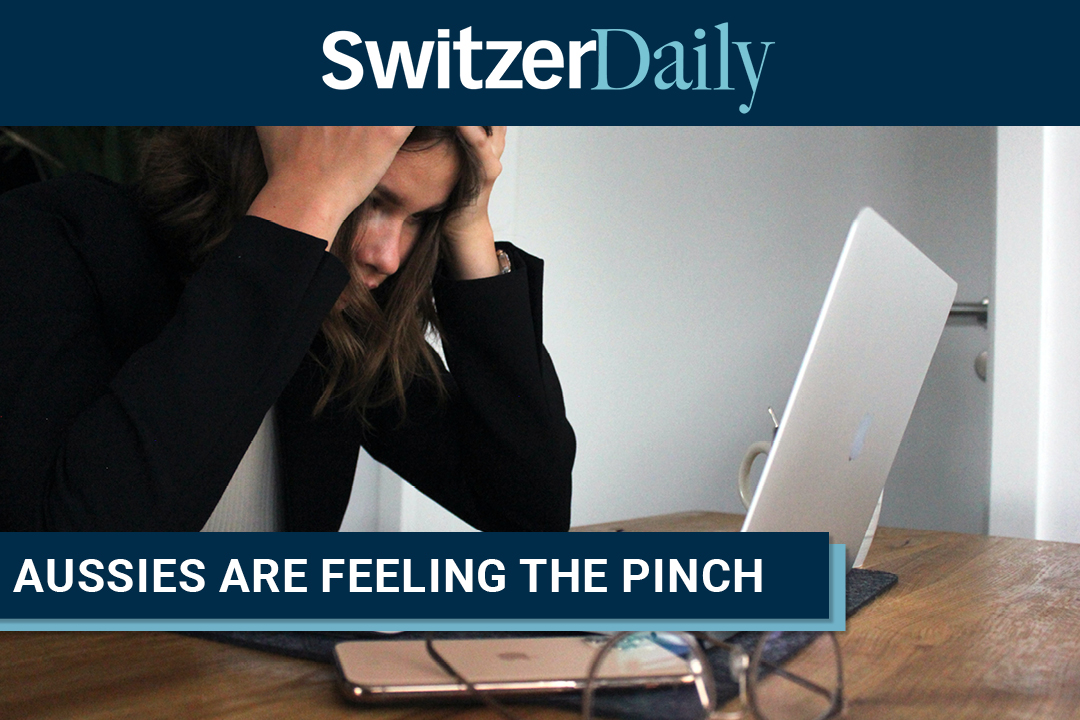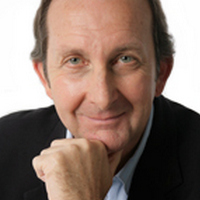

Wednesday might have surprised the RBA, with the economy slowing faster than expected and inflation falling quicker than predicted by economists. And it’s possible that the RBA boss, Dr Phil Lowe, might have said “whoops” or possibly “you little beauty.”
Headlines in newspapers and websites aren’t about the central bank’s success — remember Dr Phil is trying to kill inflation via an interest rate squeeze on borrowers — with yesterday’s data drop giving us early signs that households are really starting to feel it.
The economy grew by only 0.5% in the December quarter, which translates into an annualised growth rate of 2%. But economists expected a 0.8% expansion, which would annualise to 3.2%. That would be good historical growth, but 2% is sub-normal and is probably a sign of things to come.
The ABS points out that this low number was helped by lower imports (because the economy is slowing) and higher exports from the return of foreign students!
If you add up the past four quarters of growth, it was 2.7% compared to 5.9%. That’s a slowdown that could have the RBA’s board wondering if they’ve overdone the rate rises.
Obviously, Dr Phil will be watching other data to see if he needs to ease up or even stop his mad assault on inflation using the blunt economic tool called interest rate hikes. He has done nine hikes in 10 months, which is the fastest monetary policy tightening ever for the land of Oz!
The AFR pointed to these big takeaways from the data:
Westpac’s chief economist, who has tipped seven rate cuts next year, told the AFR that “the pressures from rising interest rates and falling real wages were weighing more heavily on household spending than expected at this stage of the cycle”.
He did not say this but he would’ve thought it: “If this trend keeps up, we will see rate cuts later this year, not next year!”
Evans pointed out that inflation might be too high now but “…wage pressures are easing – exerting even more pressure on the household sector through persistent falls in real wages”.
Real wages are a term used by economists for what someone can buy with their wages. It’s all about the cost of living compared to wages. And the story there isn’t great.
Here are some of the side effects of the rate rises on the cost of living:
This will only get worse and intensify the pressure on families and individuals when 800,000 Australians on a fixed mortgage face a major shock of going from fixed rate home loans to variable mortgage rates. The RBA’s Marion Kohler told the Senate Select Committee on the Cost of Living in February, that this equates to about “…$350 billion in credit rolling off from fixed to variable interest rates in 2023.”
That’s going to really slow down spending and inflation and Dr Phil knows it. He now must decide to stop raising rates or keep his fingers crossed that we could cop more pain to drive inflation down without a recession.
But that’s a national recession I’m talking about. Right now, there are many households and individuals in their own personal recession, while others are in a great depression!
That mortgage cliff worries me. And I bet it’s worrying Dr Phil.